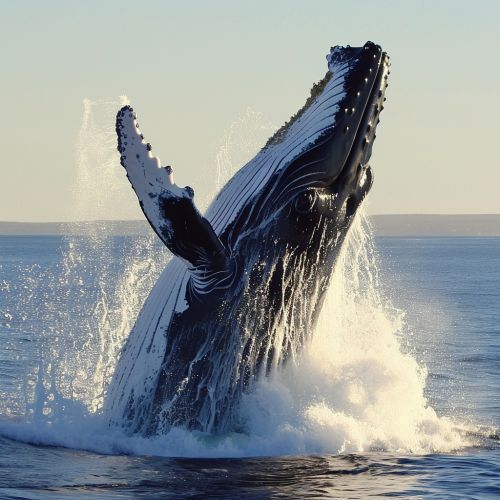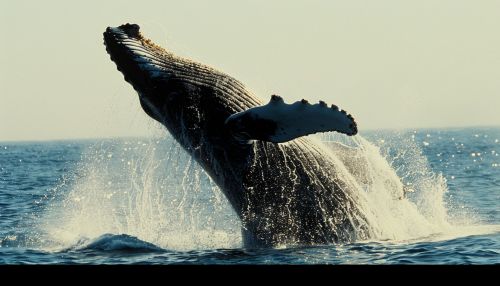Aquatic Mammals
Introduction
Aquatic mammals are a diverse group of mammals that have adapted to life in the water. This includes both marine mammals, such as whales, dolphins, and seals, and freshwater species like the Amazon river dolphin and the North American beaver. These animals exhibit a range of adaptations to their aquatic environments, including modifications to their limbs, tails, and respiratory systems.


Evolution and Adaptation
Aquatic mammals have evolved from different lineages, and their adaptations to aquatic life reflect this diversity. For instance, cetaceans (whales, dolphins, and porpoises) are thought to have descended from early artiodactyls, a group of ungulates that includes deer and cows. Over millions of years, these terrestrial ancestors gradually adapted to a fully aquatic lifestyle, developing streamlined bodies, specialized respiratory systems, and echolocation abilities.
Similarly, pinnipeds (seals, sea lions, and walruses) evolved from caniform ancestors, a group that includes dogs and bears. These animals have retained more of their terrestrial characteristics, such as the ability to move on land, but have also developed adaptations for swimming and diving, such as flipper-like limbs and a layer of insulating blubber.
Freshwater mammals, such as beavers and otters, have also evolved a range of adaptations for their aquatic environments. These include webbed feet for swimming, dense fur for insulation, and the ability to close their nostrils and ears when underwater.
Anatomy and Physiology
Aquatic mammals exhibit a range of anatomical and physiological adaptations to their aquatic lifestyles. One of the most notable is the modification of limbs into flippers or paddles. In cetaceans, the forelimbs have evolved into flippers, while the hind limbs have been reduced to vestigial structures. Pinnipeds, on the other hand, have both forelimbs and hind limbs modified into flippers.
Another important adaptation is the development of a thick layer of blubber, which serves both as an energy reserve and as insulation against the cold water. This is particularly important for marine mammals, which often inhabit extremely cold environments.
Respiratory adaptations are also crucial for aquatic mammals. Unlike fish, which extract oxygen from water through gills, mammals must breathe air. To facilitate this, aquatic mammals have developed a range of adaptations, such as the ability to hold their breath for extended periods, a high tolerance for carbon dioxide, and, in some cases, the ability to sleep with one half of the brain while the other half maintains surfacing for breath.
Behavior and Ecology
Aquatic mammals exhibit a wide range of behaviors and ecological roles. Many species, such as dolphins and whales, are highly social, living in groups known as pods. These animals often exhibit complex social behaviors, including cooperative hunting, social bonding, and, in some cases, tool use.
In terms of their ecological roles, aquatic mammals are often top predators in their ecosystems. They play a crucial role in maintaining the balance of their environments by controlling the populations of their prey. Some species, such as beavers, also play a significant role in shaping their environments through their activities. For instance, beavers build dams that create ponds and wetlands, providing habitat for a wide range of other species.
Conservation
Many species of aquatic mammals are threatened by human activities. Overfishing, habitat destruction, pollution, and climate change are all major threats to these animals. In addition, many species are directly hunted for their meat, fur, or blubber.
Conservation efforts for aquatic mammals vary widely depending on the species and its specific threats. These can range from legal protections and hunting bans to habitat restoration and captive breeding programs. In many cases, these efforts are complicated by the fact that aquatic mammals often cross international boundaries, requiring cooperation between multiple countries.
